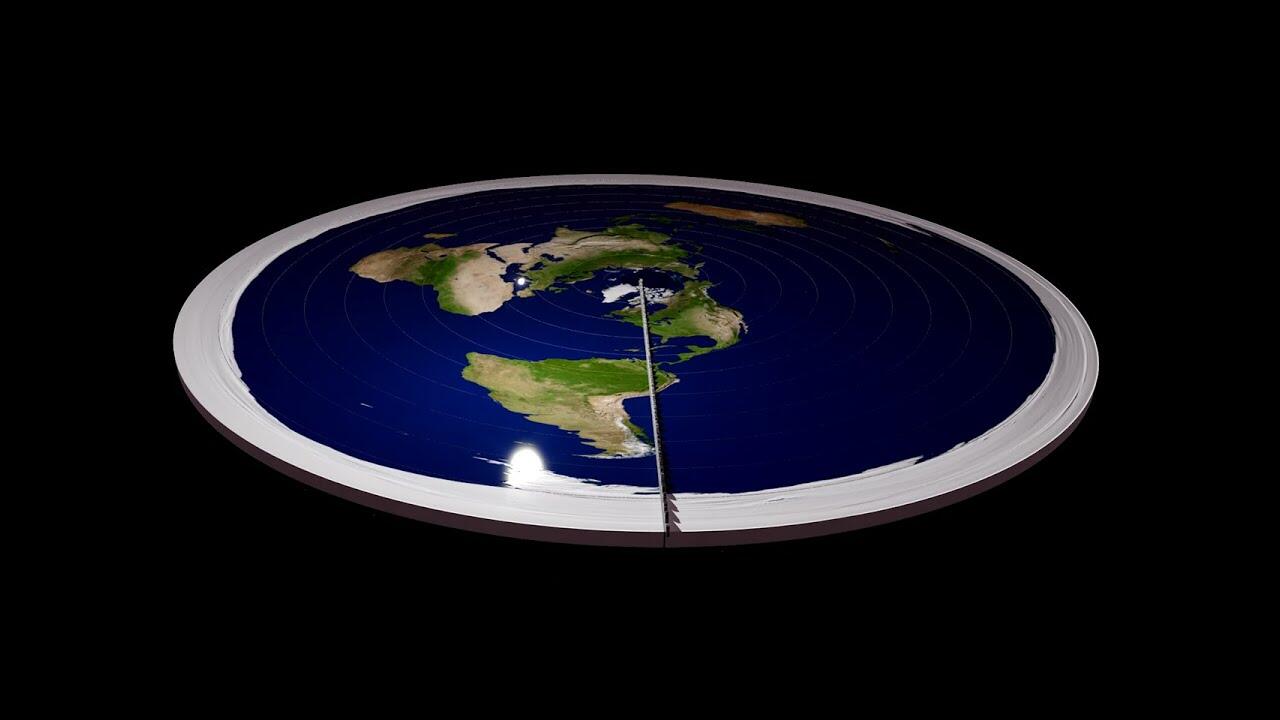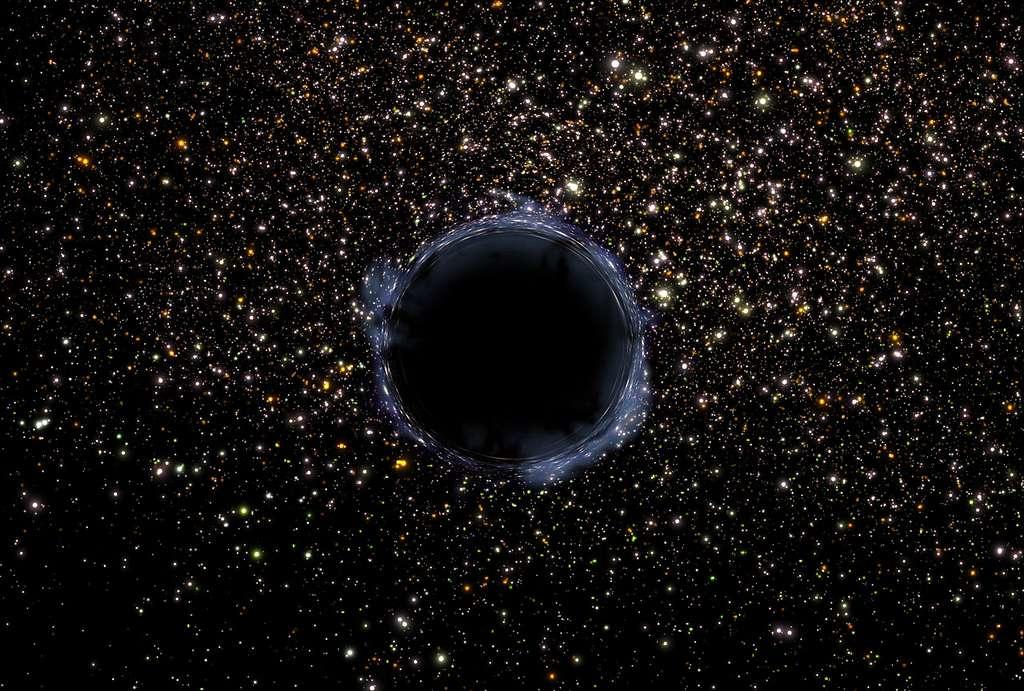The universe has long been a source of fascination, prompting scientists and thinkers to explore its mysteries through groundbreaking theories. Over time, numerous ideas have emerged to explain the origin, structure, and behavior of the cosmos. Some of these theories have garnered significant scientific support, offering valid and compelling explanations about how the universe operates. From the widely accepted Big Bang Theory to more speculative but mathematically sound concepts like string theory and the multiverse, these theories shape our understanding of space, time, and reality itself. Each provides a glimpse into the complex nature of existence, challenging the boundaries of human knowledge.

Valid Space Theories
Space has always been a source of wonder and curiosity, inspiring countless scientific inquiries into the nature of the universe and our place within it. Over time, astronomers, physicists, and cosmologists have developed numerous theories to explain the vast and complex cosmos, including the origin of stars, planets, and exoplanets. Some of these theories have been validated by extensive evidence and rigorous testing, while others remain speculative but offer compelling possibilities.
These theories are fundamental to our understanding of everything from the origins of the universe to the nature of matter and the behavior of cosmic forces. They help us grasp how the universe operates, offering insights into the mechanics of space-time, gravity, dark matter, and more. Understanding these theories is essential for further exploration and could even unlock answers to some of the deepest mysteries of existence.
Big Bang Theory
The Big Bang Theory remains the dominant explanation for the origins of the universe. In essence, it suggests that the universe began from a point of infinite heat and density, which rapidly expanded and continues to stretch out over 13.7 billion years, leading to the ever-growing universe we see today.
Although current technology does not allow astronomers to directly observe the universe’s beginnings, much of our understanding comes from complex mathematical models and equations. However, astronomers can observe the "echo" of this early expansion through the cosmic microwave background (CMB), a form of radiation that permeates space.
In its earliest stages, the universe was a "soup" of fundamental particles like neutrons, electrons, and protons. This dense plasma did not allow light to travel freely, as the free electrons scattered photons in a way similar to how sunlight scatters in clouds. Over time, however, electrons combined with atomic nuclei to form neutral atoms, allowing light to pass through. This event occurred approximately 380,000 years after the Big Bang.

The light that became visible during this era, often called the "afterglow" of the Big Bang, is more formally referred to as the cosmic microwave background. Predicted by Ralph Alpher and others in 1948, the CMB was accidentally discovered almost two decades later, confirming an important piece of the Big Bang puzzle.
Dark Matter & Dark Energy
Dark matter, unlike normal matter, does not interact with electromagnetic forces, meaning it neither absorbs nor emits light, making it incredibly difficult to detect directly. Scientists have inferred its existence primarily through its gravitational effects on visible matter. Dark matter is estimated to be six times more abundant than visible matter, accounting for approximately 27% of the universe, while the matter we are familiar with, including stars and galaxies, makes up only about 5%.
One hypothesis suggests that dark matter could consist of "supersymmetric particles," which are theoretical counterparts to the particles described in the Standard Model of physics. Ongoing experiments at the Large Hadron Collider (LHC) aim to provide more insight into dark matter. According to several theories, dark matter particles may be light enough to be produced in collisions at the LHC. While these particles would likely escape detection directly, their presence could be inferred by analyzing the missing energy and momentum in particle collisions. This missing energy suggests particles that are not accounted for in the Standard Model.
Dark matter is a frequent candidate in theories of physics beyond the Standard Model, such as supersymmetry and the concept of extra dimensions. One particularly intriguing theory proposes the existence of a "Hidden Valley," a parallel universe composed of dark matter, which has very little in common with the matter we understand. If any of these theories are validated, they could significantly advance our understanding of the universe’s structure and the forces holding galaxies together.
In contrast, dark energy, which constitutes roughly 68% of the universe, is linked to the vacuum of space and seems to be evenly distributed across the universe and throughout time. This even distribution ensures that dark energy does not have local gravitational effects but exerts a global influence, accelerating the universe's expansion. Observations of this accelerated expansion, in line with the Hubble constant, have confirmed the presence of dark energy. These observations, coupled with other data, help scientists estimate the amount of dark energy and further explore its mysterious properties.
Holographic Principle
In 1993, Dutch theoretical physicist Gerard 't Hooft introduced a groundbreaking concept known as the Holographic Principle, which echoes themes from Plato's Allegory of the Cave. The principle makes two core assertions:
Assertion 1: The Holographic Principle suggests that all the information within a given region of space can be described as a "hologram," represented by a theory that exists on the boundary of that space. For example, if the space in question were a room, the principle asserts that all the physics occurring inside the room could be fully described by a theory operating on the walls of the room.
Assertion 2: The second assertion specifies that this boundary theory should contain no more than one degree of freedom for each Planck area, which is the area of a square with sides equal to the Planck length. The Planck length, denoted by Lp, is an extremely small fundamental unit of length that can be derived from three universal constants: G (Newton’s gravitational constant), ℏ (Planck’s constant from quantum mechanics), and c (the speed of light). This length is approximately 1.6 x 10^-33 cm, making it unimaginably tiny.
The Holographic Principle challenges our traditional understanding of space, implying that the universe’s information content may be fundamentally encoded on its boundaries rather than throughout its volume, similar to how a 3D image can be encoded on a 2D surface.
Cosmic Inflation Theory
Approximately 13.8 billion years ago, the universe underwent a brief yet extremely rapid expansion, faster than the speed of light, in a period known as cosmic inflation. This momentary burst of expansion is believed to have occurred within a fraction of a second, and while scientists are still uncertain about what triggered inflation or what existed beforehand, some theories suggest that the energy driving this event could have been a fundamental part of space-time itself.
Cosmic inflation is thought to explain several key features of the universe, including its apparent flatness, meaning that the universe has little to no curvature when viewed on the largest scales. Additionally, inflation may have amplified tiny quantum-level density fluctuations, which later contributed to the formation of the universe’s large-scale structures, such as galaxies and galaxy clusters. This process of inflation provided a foundation for the universe’s expansion and evolution into the vast cosmos we observe today.
Cosmological Principle
The cosmological principle is a foundational assumption in cosmology, which posits that the universe is both homogeneous and isotropic on large scales. Homogeneity means that the universe has a consistent composition, appearing the same in every location, while isotropy indicates that it looks the same in all directions, no matter where an observer is positioned. Essentially, this principle asserts that the universe has no preferred center, edge, or direction and that the laws of physics apply uniformly across all regions.
This principle is a cornerstone of the Big Bang model, which describes the universe’s origins as a hot, dense state that has expanded and cooled over time. Observational evidence supports the cosmological principle, such as the even distribution of galaxies across vast distances and the uniformity of the cosmic microwave background radiation, a remnant of the early universe.
However, while the cosmological principle works well on large scales, some scientists suggest that a more complete understanding of the universe might require expanding beyond this assumption to account for potential local variations or more complex phenomena.
Discredited Space Theories
Steady State Theory
The Steady State Theory, developed in 1948 by Fred Hoyle, Herman Bondi, and Thomas Gold, offers an alternative to the Big Bang theory to explain the universe's origin and expansion. Central to this theory is the Perfect Cosmological Principle, which asserts that the universe is infinite in both size and age and that, on a large scale, it remains unchanged across time. This means the universe looks the same in every direction and at all moments in the past or future, suggesting that the universe doesn't evolve.
However, the theory does recognize changes on smaller scales. For example, within a localized region, like around the Sun, stars age, burn their fuel, and die, eventually becoming black dwarfs, neutron stars, or black holes. The Steady State Theory proposes that as old stars die, new stars are continuously created at a rate that keeps the overall balance of light in the universe consistent. In regions of space tens of millions of light years across, the average amount of light emitted remains constant over time due to this ongoing star formation process.
Decline of the Theory
The Steady State Theory enjoyed widespread popularity in the 1950s as an alternative to the Big Bang, but it began to lose credibility during the 1960s due to mounting observational evidence. One of the earliest challenges came from radio telescope observations, which showed a higher density of radio sources at great distances, billions of light years away. Since light takes time to reach us, observing distant objects is equivalent to looking back in time. These observations revealed that the universe had more cosmic radio sources billions of years ago than it does now. This finding suggested that the universe has evolved, which directly contradicted the Steady State Theory's assertion that the universe remains unchanged on large scales.
The discovery of quasars in 1963 further weakened the Steady State Theory. Quasars, which are extremely bright and compact objects, up to 1,000 times more luminous than the Milky Way, were found only at vast distances from Earth. This means that the light from quasars originated billions of years ago, indicating that these objects were present only in the early universe. The absence of quasars in the nearby, more recent universe strongly suggested that the cosmos has undergone significant changes over time, providing further evidence against the Steady State Theory's notion of a static, unchanging universe. These discoveries paved the way for the Big Bang Theory to become the leading model for the universe's origin and evolution.

Flat Earth Theory
Among the many conspiracy theories circulating online, the flat Earth theory stands out as particularly puzzling, especially considering that ancient civilizations, like the Greeks, determined Earth's shape—and even its approximate size—more than 2,000 years ago. Despite this, a fringe group founded in the 1950s has persisted in claiming that the Earth is flat, gaining modern followers who argue that the planet is a disc. These adherents maintain that evidence supporting a spherical Earth, such as photographs from space, is part of a vast hoax involving multiple governments. Their theories often include complex, imaginative versions of physics and astronomy to account for their beliefs.
Debunking the Theory
The round shape of the Earth is easily verifiable through simple observations. One can visit a harbor and watch as departing ships disappear hull-first over the horizon, with the mast disappearing last, a clear indication of Earth's curvature. Another compelling demonstration comes from astronomy: during lunar eclipses, Earth's shadow on the moon is always curved, further confirming a spherical planet.
Ancient Greek philosophers also used empirical methods to demonstrate Earth's roundness. They observed that the stars visible in the Northern and Southern Hemispheres are different, implying that people in different parts of the world are looking at distinct sections of space. Perhaps most impressively, the Greek scholar Eratosthenes calculated the Earth’s circumference with remarkable accuracy. By comparing the angles of shadows cast at the same time in two cities located a known distance apart, he estimated the circumference to be between 24,000 and 29,000 miles (38,600 and 46,670 kilometers)—close to the actual figure of 24,900 miles. These straightforward observations and calculations firmly establish that Earth is a globe, despite modern flat Earth claims.















